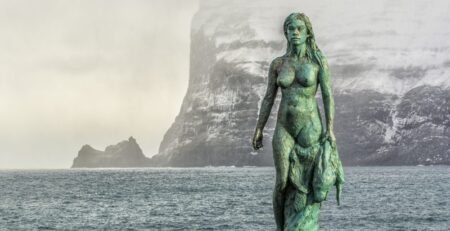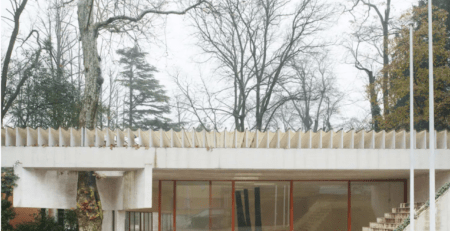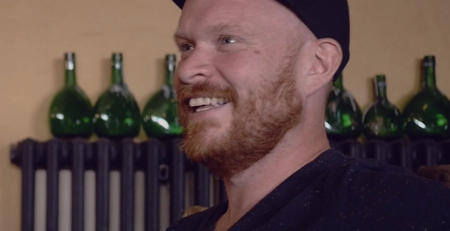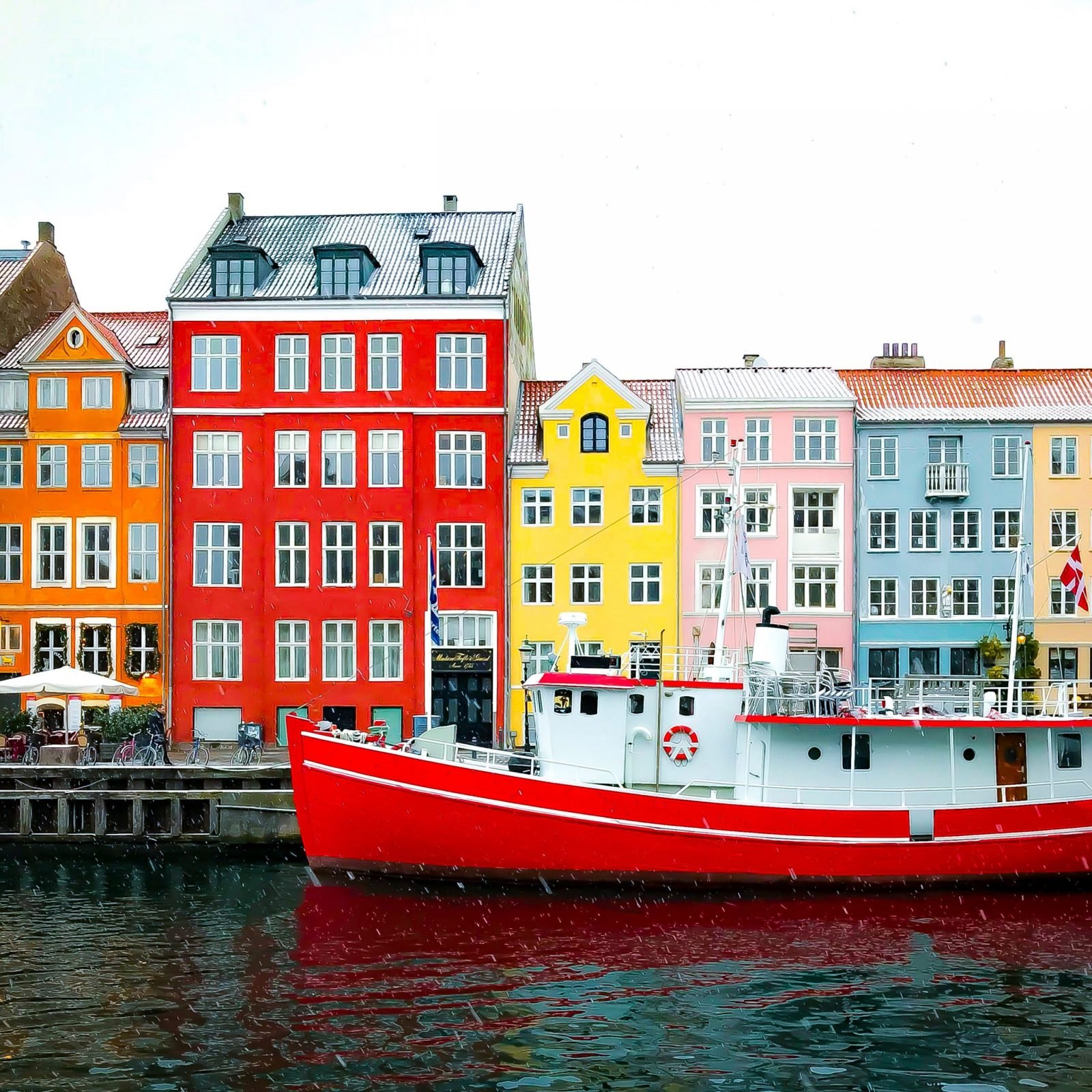
What is Scandinavia?
Nú Ninja Helga Mjöll2022-01-02T13:58:27+01:00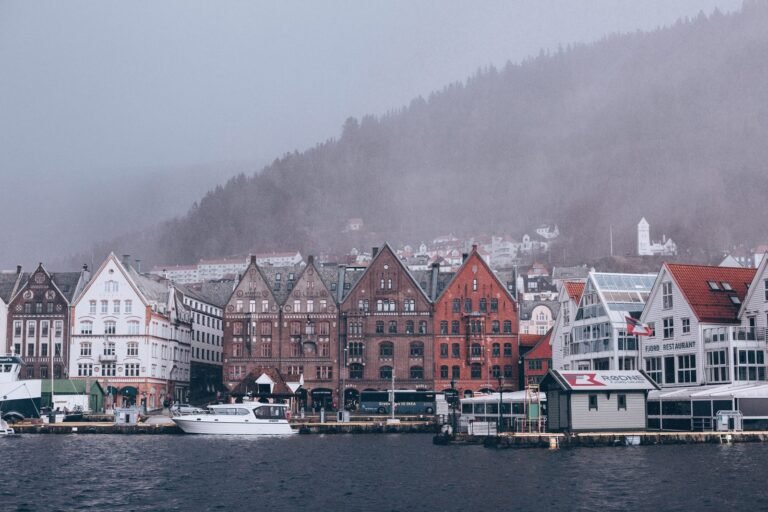
Nú Ninja revolves around Nordic art and culture. Our goal is to give insights into the Nordic art scene as seen from an insider’s perspective, all in the name of Cultural diversity.
But let’s back up a little. What exactly are we talking about when we say Nordic? And what about Scandinavia, what’s that? Where is it and which countries are included in the term?
In this article, I will give you a basic definition of the area as well as what it means to be Nordic, what are the cultural commonalities of the Nordic people and the history of the cooperation between the countries.
Nordic countries are situated in Northern Europe and the North Atlantic. Even though the mainland of Sweden, the mainland of Norway, and the north-western area of Finland are the only areas that technically are on the Scandinavian peninsula. As time goes by, all the Nordic countries are commonly called Scandinavian countries by most people. That includes Denmark, Finland, Iceland, Norway, and Sweden, as well as Greenland, the Åland Islands and the Faroe Islands.
Greenland and the Faroe Islands are autonomous territories within the Kingdom of Denmark and the Åland Islands are an autonomous region in Finland.
But to be clear, Norway, Denmark and Sweden are the only Scandinavian countries according to many people and the term for the whole bunch is Nordic and nothing else.
I am Icelandic and I use both terms interchangeably when referring to the whole area. Nordic or Scandinavian, it means the same to me. I mean, if you want to stick to the countries on the Scandinavian peninsula, why then include Denmark?
Every Nordic country has its own language and some even have strong dialects within. The total population of all those countries combined is about 27 million people, which is not much compared to the 45 million that live in Spain alone. But, the landmass of these countries combined is 6 times the Spanish. Well, to be fair a large portion of that landmass is reserved for glaciers, high mountains, and other very uninhabitable places.
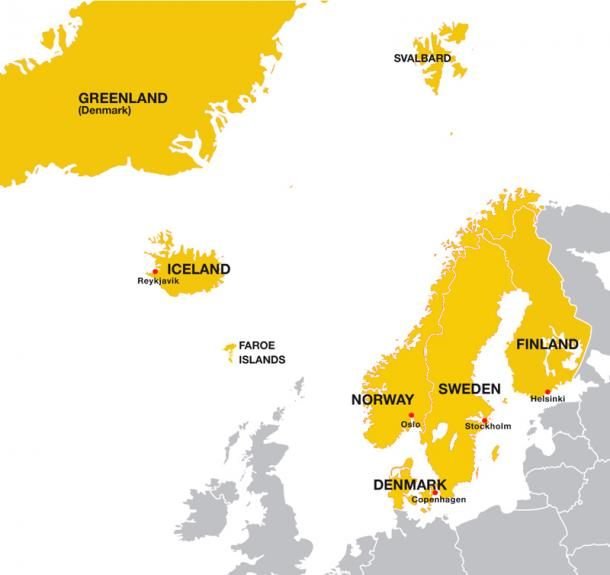
What do the Nordic countries have in common?
Well…we share history, values, and social structure.
It began with the Vikings of course. Which lived spread across Scandinavia and shared the passion for head-chopping, raiding, trading, ale drinking, and worshiping ill-tempered gods.
Mind you, they were not the only indigenous people around. The Sami people had already been in Finland, Sweden, and Norway hundreds of years before the Viking era.
Even though the Vikings were well-traveled they didn’t really get many visitors in return. Throughout history, the geographic area of Scandinavia has not been of much interest to invaders (maybe we should be offended…) As a result of isolation, the Nordic lifestyle did evolve without much interruption, which strengthened a kind of a neighborly fellowship amongst the Scandinavian countries.
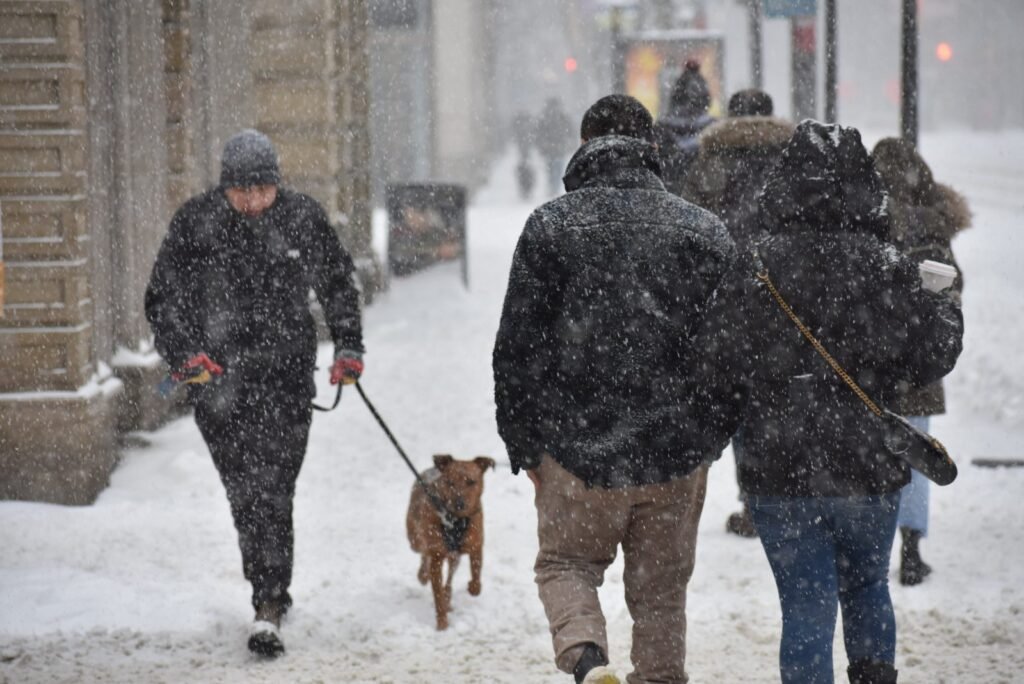
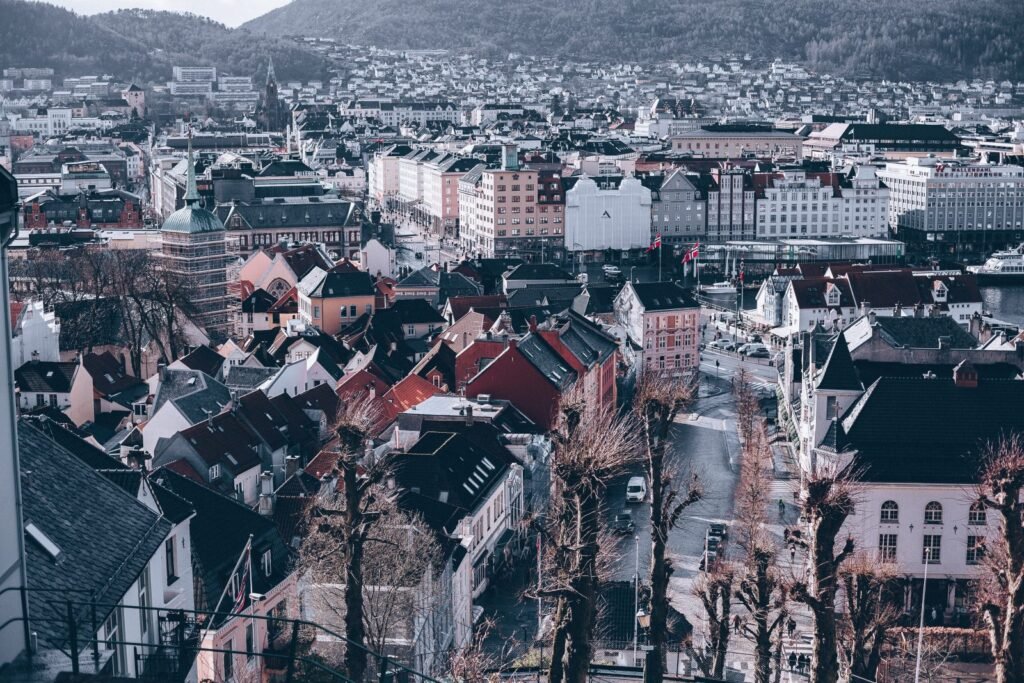
Welfare and creativity
In more recent times, the Nordic countries differ from the rest of Europe in their high level of taxation for the purpose of funding a social safety net.
The birth of the Nordic welfare model was in the late 19th century, but in the years after the Second World War, it was further expanded to include a modern health service and education system. According to the World happiness report 2020 the existence of this social structure provides its people with such peace of mind that it is the main enabler of their happiness. Year after year the Nordic countries occupy the top of the list of the happiest people in the world.
The cultural bridges that existed between the Nordic countries laid the foundation for the Nordic Council in 1952, a forum to strengthen cooperation between the Nordic countries and to join forces abroad. Art and culture are among the issues of the Nordic Council and there are various foundations and councils focused on the arts.
Although one can always improve, historically Scandinavian politics have worked in the favour of the arts and design and understood the importance of it. Access to public creative studies has been the building block of further development of the creative sector, which has grown into a powerful industry. As a result, it’s a huge part of Scandinavia’s economy. Win-win for all.

Seen as one
To the outside world, Scandinavians are often seen as one, like we are basically one nation. Even here in this article, I talk so generally about us that I kind of give that impression. But, that is not how the average Scandi feels. We are like siblings that can’t bear the thought of being compared to their other (much lamer) sibling.
The fact of the matter is that both outtakes are true; each of us has our own characteristics but we are also very much alike in many ways.
Like I said at the beginning of this article, Nú Ninja focuses on art and creative culture. Although this article touched on Nordic anthropology which is not our main subject matter, it plays a big role in who we are and what we create. We are few people in a big area, our forefathers were ruthless savages but yet we have a relatively peaceful history, we endure crazy weather and merciless mother nature but we have an empathetic social structure. Somehow things like that all matter and are needed to take into account when looking at the whole picture. Therefore, a bit of Scandinavology will shine through all our work at Nú Ninja.

Kær kveðja,
Helga
creator of Nú Ninja

